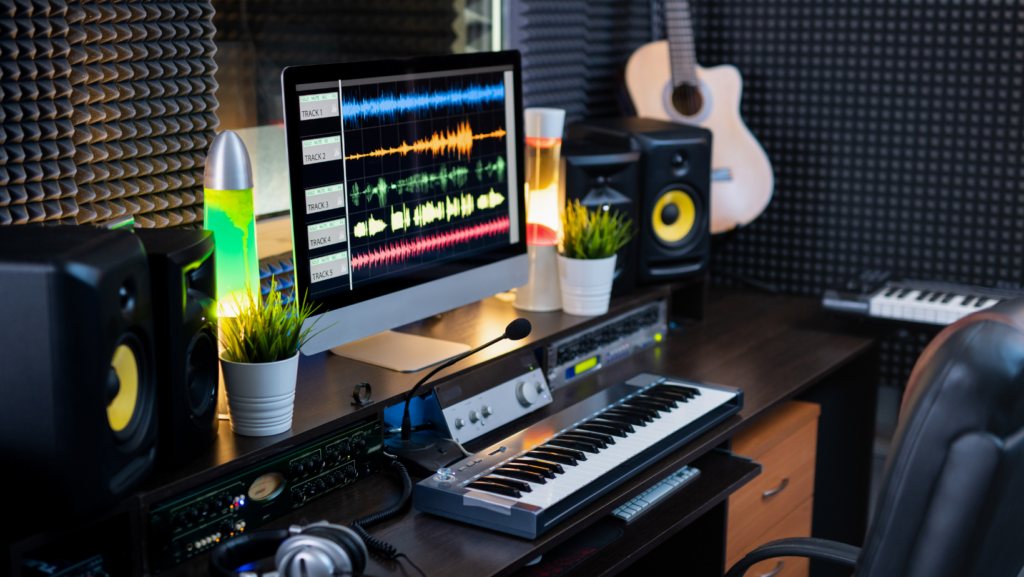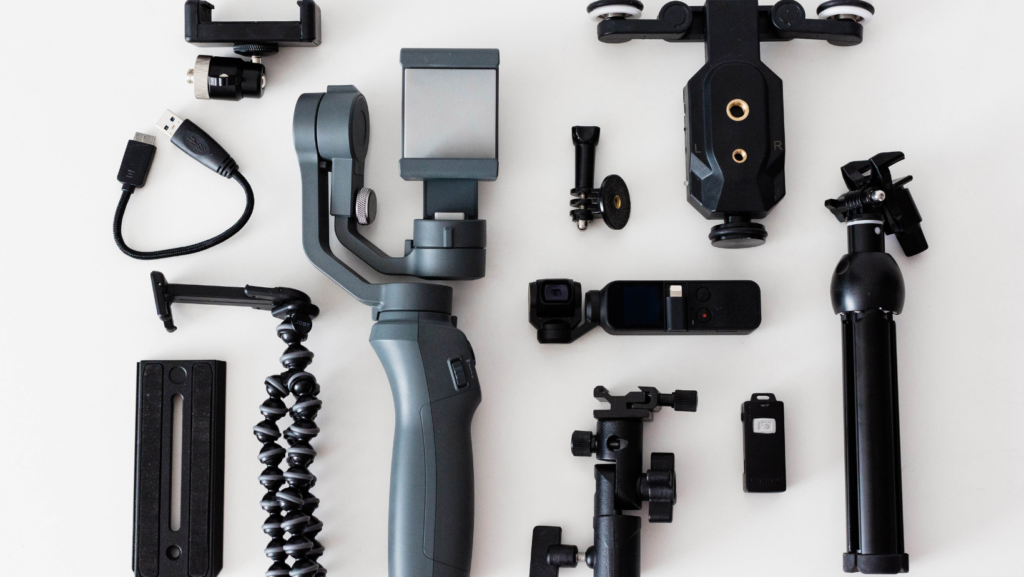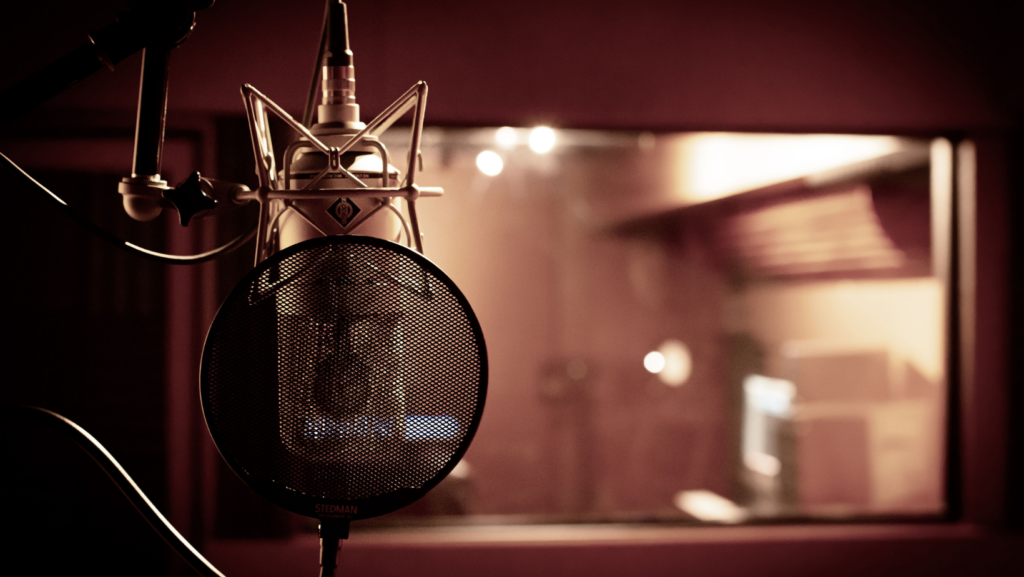In the world of music, the right recording equipment for music can make all the difference. It’s the silent partner to every musician, capturing each note and beat, preserving the magic of sound for posterity. Whether you’re a budding artist looking to lay down your first track or a seasoned professional in need of a gear upgrade, this article is for you.
We’ll delve into the essential components of a recording setup, from microphones and interfaces to software and monitors. We’ll also explore how to choose equipment that suits your unique sound and style. So, get ready to turn your musical ideas into reality with the right recording tools.
Recording Equipment for Music
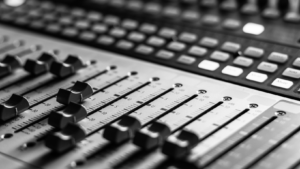
Providing a high-quality recording experience, specific recording equipment for music proves its worth in the world of music. Let’s dive in more in-depth with the subsequent subheadings.
High-quality recording equipment proves pivotal in sculpting musical brilliance. Not only does it capture precise sounds, but it also offers a faithful reproduction of tracks.
The Heart of the Studio: The Audio Interface
Perhaps the most common names in the audio interface market are brands like Universal Audio, Focusrite, and PreSonus. Universal Audio’s interfaces, renown for their superior build quality, provide both high-quality sound and an exceptional mixing environment. Focusrite, widely recognized for its Scarlett series, offers affordability without sacrificing on audio quality. Lastly, PreSonus interfaces are equipped with reliable preamps and efficient processing, making them a favored choice among home studio owners and professional producers alike. These brands stand as examples of the innovation, quality, and ease of use available in the world of audio interfaces.
Capturing the Perfect Sound: Microphones
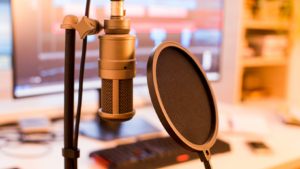
Microphones fall into different categories based on their technological principles and applications. Dynamic microphones, for example, excel in hardiness and performance under high-pressure sound levels, making them ideal for drum and guitar amplification. Condenser microphones, however, perform exceptionally in studio environments, capturing vocals and acoustic instruments with superior clarity and precision, due to their sensitivity to sonic details.
Yet another type, ribbon microphones, are known for their smooth, vintage sound—perfect for capturing brass, string, and percussion performances. Lavalier microphones – small, easy-to-conceal devices – come into play for interviews, presentations, and stage plays, due to their ability to free the performer from handheld devices.
The Backbone of Sound: Studio Monitors
Investing in high-quality studio monitors can be the key to a successful music production setup. The following sections delve into factors to consider when choosing these pivotal components and explore some of the best models for recording equipment for music.
In selecting studio monitors, corresponding specifications with personal needs stands paramount. Opt for monitors that provide accurate, flat audio reproduction. It’s essential for hearing mixes clearly without increased bass, midrange or treble frequencies. An ideal studio monitor also possesses a wide frequency response for capturing all needed sounds, especially in music genres with extreme high or low frequencies.
Purchasing monitors designed for the size of the studio space is crucial. Smaller studio spaces accommodate near-field monitors better. Large rooms would benefit from far-field monitors for optimal sound distribution. It’s fundamental to balance budget with quality, while avoiding cheaply produced models at the expense of sound accuracy.
The Silent Hero: Headphones for Recording
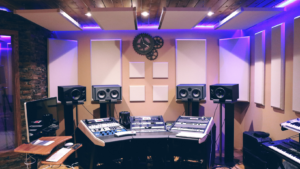
Mapping out a selection of the best headphones for music production isn’t a task taken lightly. Here, factors such as comfort, build quality, and, of course, sound reproduction come into play.
Audio-Technica’s ATH-M50x, featuring exceptional clarity and deep bass response, find themselves frequently on top lists. Praised for their circumaural design, these headphones contour around the ears for excellent sound isolation.
Industry veterans Sennheiser also merit mention with their HD 280 Pro model. Assuring a no-compromise approach to sound reproduction, these headphones deliver on comfort, boasting a robust, ergonomic design.
On the higher end of the budget spectrum, the Beyerdynamic DT 770 Pro shows why it’s a favorite in professional recording studios. This closed-back model impresses with its crystal clear audio, strong bass, and wide frequency response. Moreover, it stands out with its durability and comfort, making it an exceptional choice for prolonged studio sessions.

